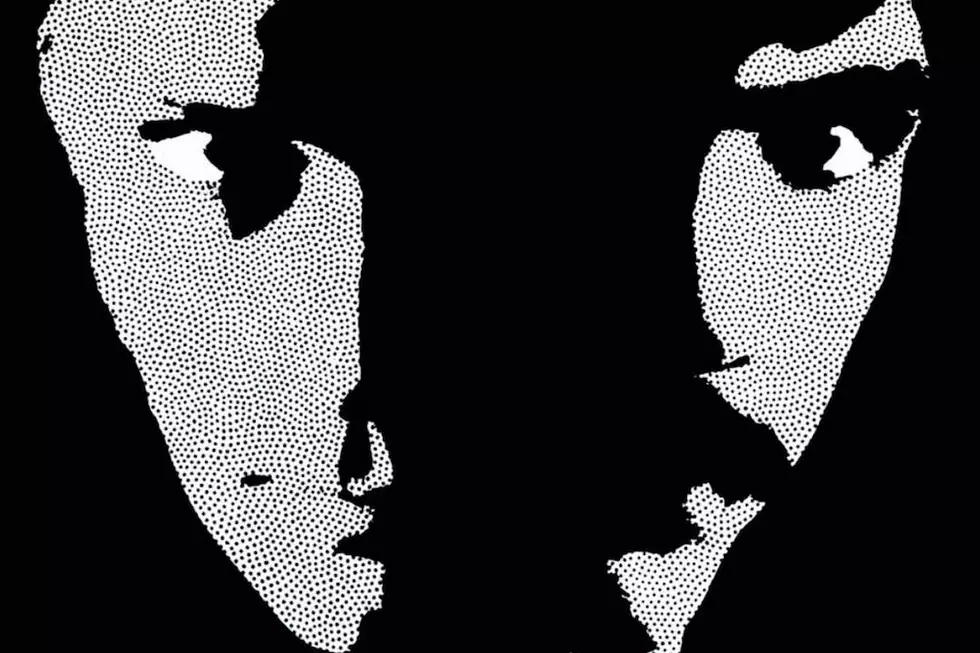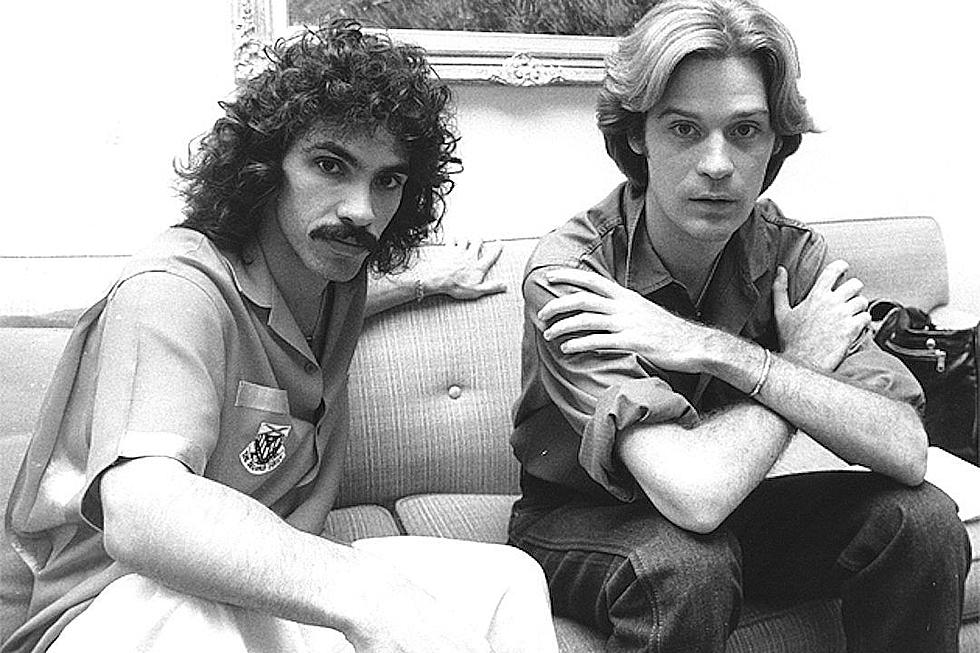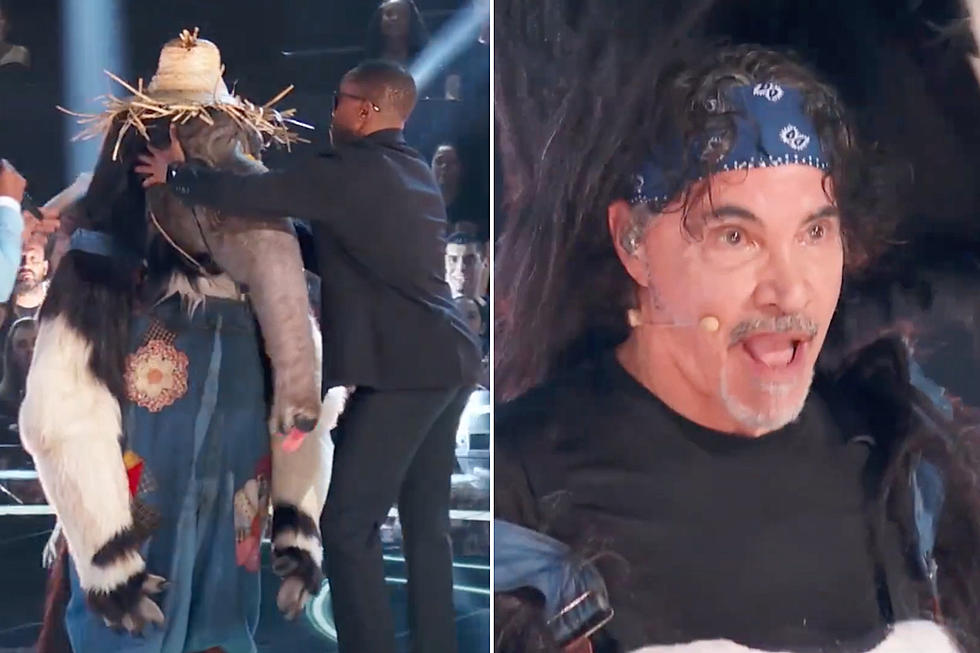
How Hall and Oates Perfected New Wave Soul on ‘Private Eyes’
Daryl Hall was never at a loss for words when describing his success with Hall and Oates.
"I think we're the '80s Beatles," Hall told Rolling Stone in 1985. "If we had been born 20 years earlier, maybe the world would have seen that. There's something about our personalities that is very Lennon and McCartney-esque. And there is something about the body of work that we both have that's similar."
If there's a single album with John Oates from that period that aspires to those lofty heights – in terms of consistency, creative chance-taking and era-defining ubiquity – it's Private Eyes, which was released on Sept. 1, 1981. Constructed as "Kiss on My List" became their second No. 1 single, the project originated out of a similar desire to exceed expectations and represents the crystallization of the duo's fizzy '80s-era blend of New Wave and classic R&B.
The preceding LP, Voices, set a template that Private Eyes built upon, spawning Hall and Oates' second and third No. 1 hits – the title track and "I Can't Go for That" – along with two more Top 40 singles. Suddenly, they had come completely into their own. "We're no more calculating than we ever were," Hall told the Washington Post in 1982. "We're just better at it, and that comes with maturity. We never sit around trying to think up what's the most commercial thing we can do."
After years of experimentation, they'd found a sweet spot where the zeitgeist rose to meet their muse – and the songs seemed to arrive effortlessly. "I Can't Go for That," for example, grew out of an after-session dalliance with the Roland ComputeRhythm, an early version of a drum machine.
Once the cadence was in place, Hall began creating a keyboard figure, then invited Oates to grab his guitar. That spacious groove, created after the rest of the band had departed, helped the song make a rare crossover to the top of the R&B charts. Hall and Oates then became one of the few white artists to appear on Soul Train.
Listen to Hall and Oates Perform 'I Can't Go for That'
For a suddenly resurgent group that had spent a restless period running away from the mid-'70s success of "Rich Girl" and "Sara Smile," there was no small amount of belated vindication.
"I Can't Go for That," often thought to have been about a failed relationship, actually addressed it head on. "That song is really about not being pushed around by big labels, managers and agents and being told what to do – and being true to yourself creatively," Oates told the Philadelphia Inquirer in 2014.
Elsewhere, Private Eyes fulfills the promise of Hall and Oates' new vision, as songs like the Temptations-inspired "Looking for a Good Sign" aim straight at the heart of what made the pair special in the first place: sidewalk soul set to unforgettable hooks. “Your Imagination,” a low-charting Top 40 hit, explores romantic paranoia with a coiled, almost insectile synth-laden signature.
"Some Men," "Unguarded Minute" and "Did It in a Minute," which also became a Top 10 hit, represent state-of-the-art early '80s pop, but they still resonate today because of the collaborative foundation provided by an actual band working at the peak of their powers. Even "Private Eyes," despite a detective-themed video that hasn't aged well, boasts the kind of sophisticated chord changes rarely heard in pop music.
Along the way, Hall and Oates' first-ever Top 5 Billboard album turned out to be among their best. If Abandoned Luncheonette represented the duo's '70s peak, this was the next one. "It was great," Hall told Rolling Stone. "We were vindicated. We were accepted on our own terms. To all those people who said, 'Those guys are on their way out,' we said, 'You guys is wrong.'"
Top 100 '80s Rock Albums
More From Ultimate Classic Rock









